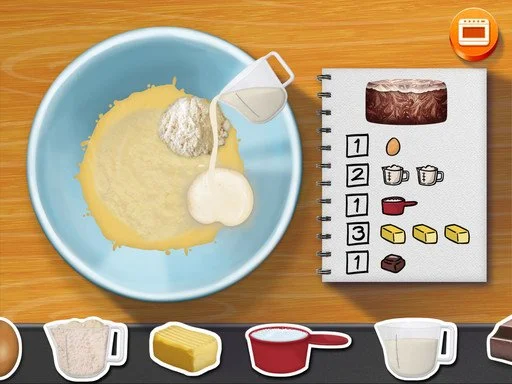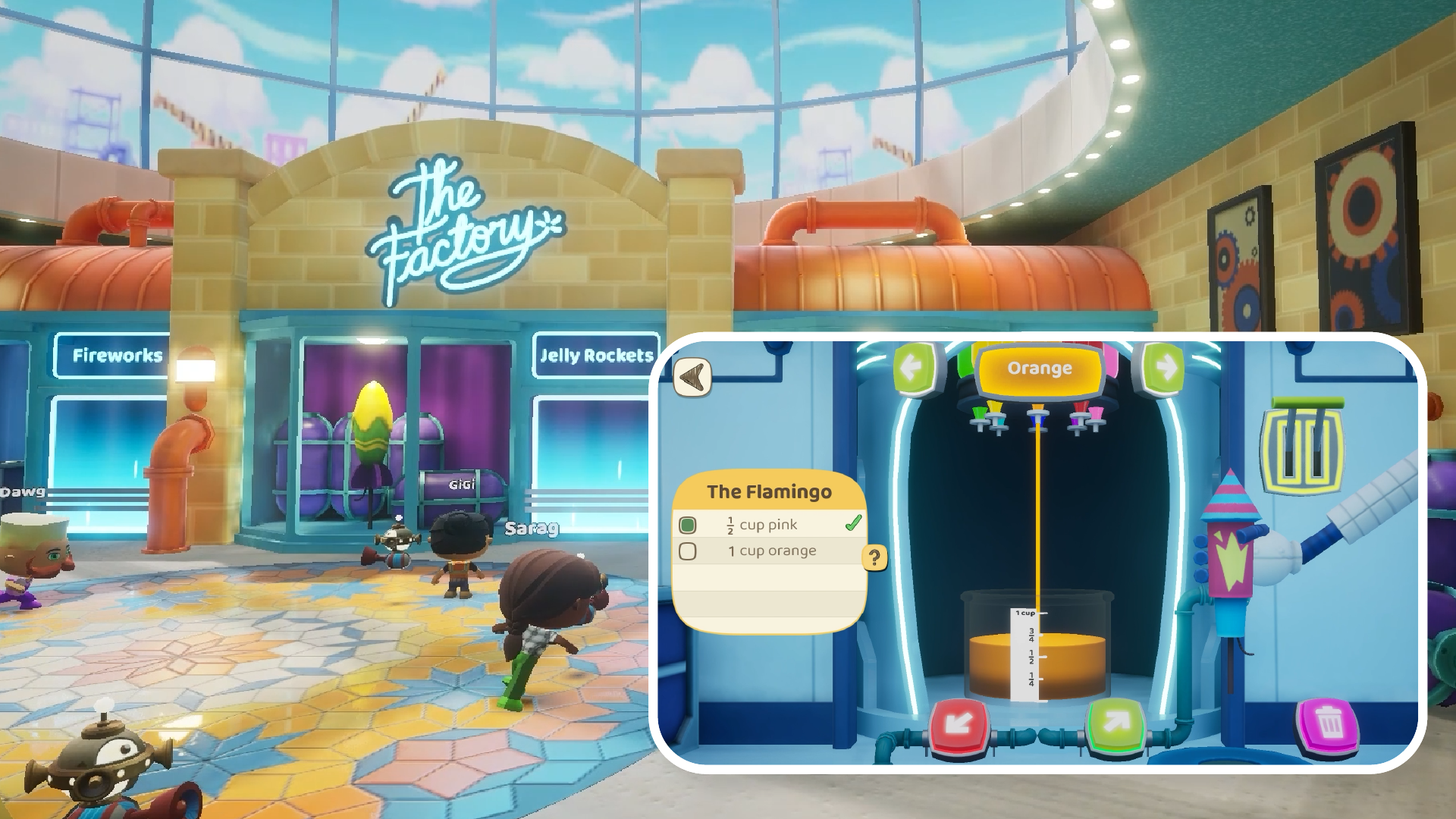Play-based & game-based learning
Play-based learning (PBL) and game-based learning (GBL) are concepts that apply to real-world experiences as well as digital experiences. We design learning games, and also playful experiences that aren’t quite the same as games. This article explains how we see the difference.
Play-based learning
Children start out learning through play, and play-based learning is a design strategy that allows children to develop skills and understandings through playful and playable experiences. PBL doesn’t mean that children just do whatever they like; it means thinking about the benefits and structural flow of play experiences and building activities to:
develop imagination, creativity and physical abilities
provide an environment in which to practise social skills
develop a positive sense of self to facilitate ongoing learning.
Elements of PBL that apply to digital contexts include:
Child-centric design: playful learning activities for children work best when they are designed with the child at the centre of the experience. Activities are set in contexts the child recognises or relates to, and they don’t assume an adult mediator is always present to explain or support the child’s play experience. Content explaining the approach, pedagogy, or ways to facilitate learning is provided separately or in a way that doesn’t detract from the child’s immediate experience of the activity.
Self-paced game experience: children learn best when they’re free to learn at their own pace. Self-managed learning and is regarded as a pathway to the skills and attitudes required for life-long learning. Play experiences are designed to be flexible, allowing children to choose options and make decisions in their own time, and with natural breaks so they can decide when they want to stop playing and do something else.
Failure as a part of learning: Activities in virtual environments provide a safe way to explore options and experience what happens when different choices are made. Rather than directing all decision pathways towards a ‘correct’ answer, playful activities deliberately set up missions with options to fail, and present failure as a normal part of learning that can be interesting or even entertaining. Failure is always followed by the opportunity to try again, and generally includes clear cues to achieve a different result next time.
Learning, not teaching: play-based learning design supports key educational goals for the intended age group, but these may not be spelled out. PBL generally doesn’t require the child to self-identify that they are learning rather than playing, or to demonstrate understanding through explicit evaluation or testing (although this may be developed as a separate element). Many children, particularly children who have developed a negative view of school, benefit from this approach.
Game-based learning
Games-based learning (GBL) is an approach to developing games with defined learning outcomes. GBL aims to balance learning goals with a great game experience, and to help provide a framework for learning in a context that the player can apply in the real world.
GBL is often more structured than PBL, as games are generally understood to have:
rules (these may be formalised rules that are revealed to the learner at the outset, or hidden rules that define the limits of the game world)
a goal to achieve, which may involve competition or collaboration with others
Some form of progress (for example, across a physical space, through levels of difficulty, over time in the game)
staged achievements or success/fail requirements that have defined consequences, which may not always be explained up front.
Powerful digital learning games often include:
a compelling storyline or virtual world in which the activity is situated
a sense of purpose or role for the player
multiple levels or challenges
capacity for each player to take their own learning pathway through the game
rewards or payoffs for playing, such as ‘winning’, or unlocking certain capabilities based upon achievements or points.
GBL may also utilise some elements of PBL, such as self-paced learning (for example, a game may have rules but the player can tackle key tasks in their own time, or in any order). GBL is often aimed at older children or adults; and is often more explicit about defining the learning goals than PBL, in part because a game framework sets up the concept of having a goal to achieve.
What about gamification?
GBL for adults is sometimes compared to gamification, which we regard as a different approach altogether. Gamification can be defined as applying typical elements of game play to non-game activities - elements such as point scoring, competitions or rewards for completion.
Summing up
Play-based learning and game-based learning are both powerful approaches for supporting meaningful learning experiences, but they serve different purposes. Play-based learning focuses on exploration, self-direction, and social-emotional growth, making it especially valuable for younger children or those needing a gentle reintroduction to learning. Game-based learning on the other hand, harnesses the structure and goals of games to teach specific skills or knowledge, often in more formalised ways. While they share overlapping elements, each brings distinct strengths to digital and real-world educational environments.
Understanding the difference allows us to design more effective, engaging, and age-appropriate learning experiences.



